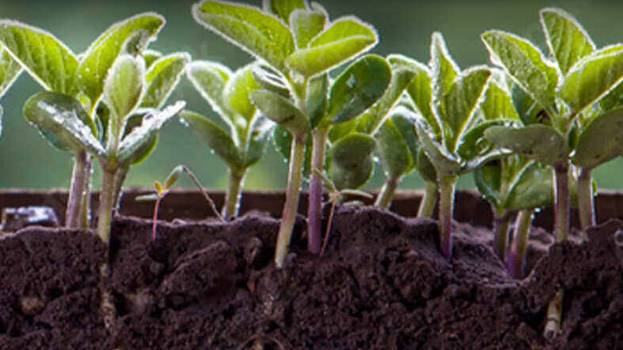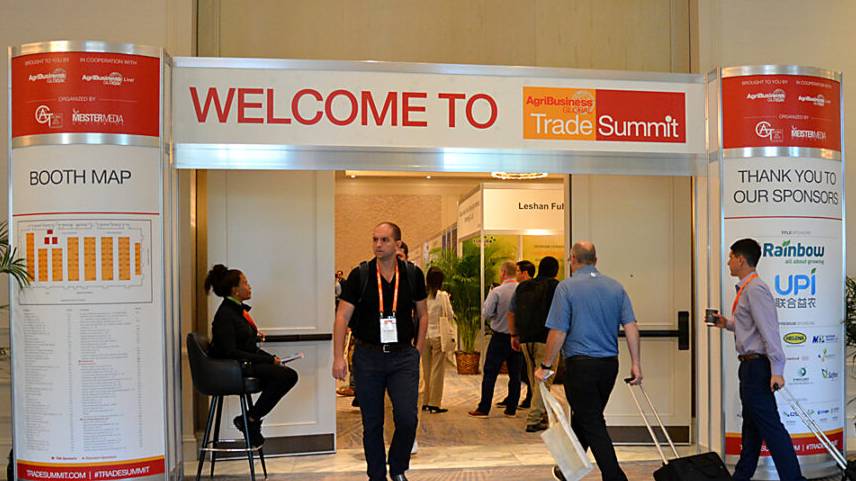Reaching China’s Fields
China’s production of agrochemicals is well known around the world, with its pesticides exported or used as source material in products everywhere there are fields to be farmed.
Less common knowledge is how to move products the other direction, into the hands of the country’s 800 million farmers. Michael Ding of CNAMPGC, a 200-outlet group and one of the dominant forces in distribution in China, discussed the country’s distribution system with us.
FCI: How many steps are there between the pesticide manufacturer or importer and the farmer?
Ding: There are two steps: wholesaler and retailer. Wholesalers in agricultural counties cover a certain number of retailers. Most of the county-level wholesalers have warehouses and provide delivery to the retailer stores. Some also have stores in town, and retailing accounts for part of their turnover. In fact, some farmers spend an hour on a bus to buy from the wholesaler’s store, since they believe it to be more reliable and the prices are reasonable.
Larger, province-level wholesalers in provincial capital cities can hardly reach retailers directly, except for those in nearby counties. Although they always claim to cover the entire province, they have to collaborate with county wholesalers to cover the territory. As more manufacturers and importers intend to and are able to sell directly to county wholesalers, provincial wholesalers keen on developing chain stores have to acquire county wholesalers.
Retailer stores are mostly family-run and cover one to two villages. However, street vendors on bicycles or motorcycles are challenging their position; they bring products to farmers’ field or front door.
FCI: How many distributors are there in China? How many are major players, vs. smaller, independent outlets?
Ding:According to China Coop, there are about 2,000 pesticide distributors and 200,000 outlets. By the end of 2004, 657 distributors covering 36,900 outlets use the model of chain stores; however, only 17 are really running like chain stores.
Some of the important distributors are CNAMPGC, Zhejiang AMP, Helongjiang Beifeng AMP, Jiuhe, and Sichuan AMP.
FCI: What changes has distribution gone through in the past 10 years?
Ding: There have been three major changes. First, there has been a flattening of the channel. Ten years ago, there were three levels of wholesalers: state, province, and county. Now, two are too many; provincial and county-level wholesalers need to integrate.
Second, many wholesalers which were state-owned before have become private or sharehold companies. Their strategies and operations have become market-oriented.
Last, there has been a great deal of merging and reorganization. Some businesses disappear, and some become bigger. Many are trying to operate like chain stores.
FCI: What issues do distributors face on environmental issues, logistics, illegal products, and payments?
Ding: On the environment, both the government and public are more concerned. At the beginning of 2007, five high-toxic insecticides including methamidophos and methyl parathion, were banned from use in the field.
On logistics, more and more authorities are requiring that pesticides be handled as dangerous goods, including their transportation and warehousing. Farmers are often located in remote areas; the cost of logistics is not efficient. Post, which can reach most remote areas, takes part in our logistics.
On counterfeit products, our cases of pesticides without any active ingredients are decreasing. Illegal use of multinational brands is going down as well. As regulations vary and change frequently, distributors are sometimes fined for improper labeling.
Payments are usually made in cash from the farmer to the retailer; half cash and half credit from the retailer to the wholesaler, and in credit from the wholesaler to the manufacturer.
FCI: What options do companies have that wish to get products into the Chinese market?
Ding: Chain stores, direct sales, and online sales are three most common options, but the tradtional channel remains.





